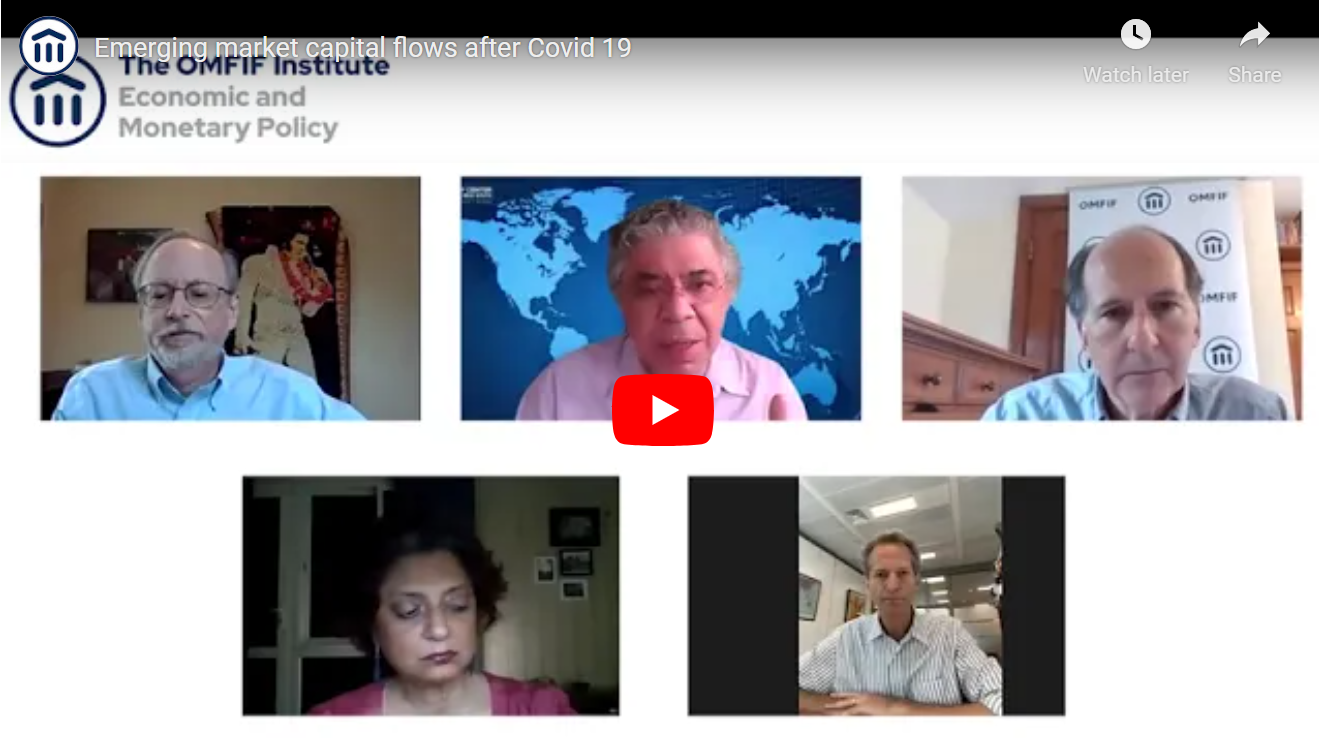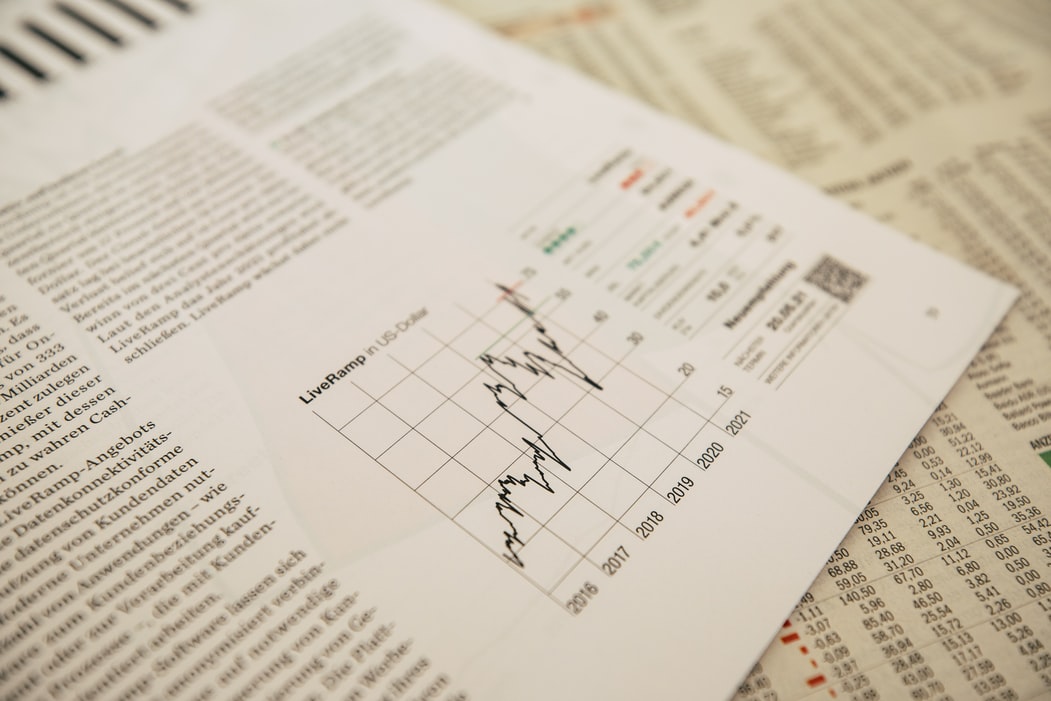Emerging market capital flows after Covid-19
With loose money supply and low returns in the developed world, emerging markets have become the destination of choice for investors looking for high yields. However, with much uncertainty remaining and inflation well above the Federal Reserve’s target rate, speculation of Fed tapering and market tantrums are gaining momentum. OMFIF is convening a panel to look at capital flows in emerging markets, addressing what happens when the cycle turns, the likelihood of capital flows reverting and asset and currency markets in the developing world.















